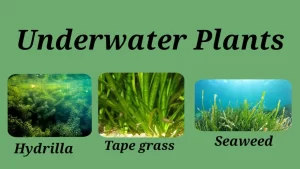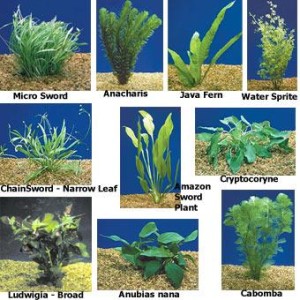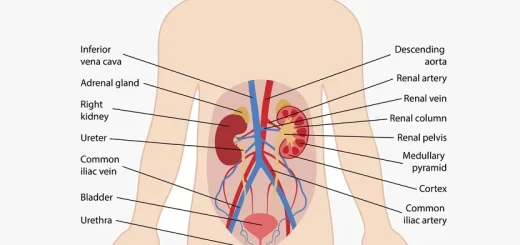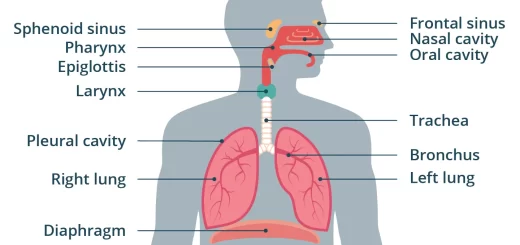Adaptation in the aquatic submerged plants and what plants are underwater?
Aquatic plants are divided into the totally submerged in the water as Elodea plant and the partially submerged in the water as Hyacinth (Nil rose). Aquatic plants are exposed (especially the totally submerged ones) to the shortage of oxygen which is dissolved in the water, the shortage in the light, and the presence of the water currents.
Adaptation in the aquatic plants
Aquatic plants can overcome some unique challenges compared to their land-dwelling relatives. To thrive underwater, they’ve developed a fascinating array of adaptations.
Adaptation of the Elodea plants
The Elodea plants are totally submerged plants, They have weak roots because they are not needed to fix the plants or to absorb the water. The leaves of the Elodea plants are small-sized, thin, and ribbon-like, So, They will not be cut by the water currents.
The leaves of the Elodea plant are sessile (neckless), So their connection with the stem will be stronger, The stem of the Elodea plant is elastic, So, it will not be cut by the water currents.
The stem of the Elodea plant contains many air chambers to store an amount of oxygen gas that is produced during the photosynthesis process. The Elodea plants use oxygen gas in the respiration process, and oxygen gas helps the Elodea plant to float in the lighted regions of the water.
What are adaptations to aquatic life?
Sunlight weakens as it penetrates water, making it less available underwater, especially at deeper depths. Aquatic plants have features to maximize light absorption. Floating plants often have flat, broad leaves lying on the water’s surface to capture the most sunlight. Water lilies and lotus pads are classic examples.
Submerged leaves maximize light absorption in low-light conditions. Waterweeds and hornworts showcase this adaptation. Some plants have leaves that rise above the water’s surface to access more sunlight. Many submerged plants have thin, ribbon-like leaves to increase surface area for light penetration and reduce shading.
Many aquatic plants have lightweight, spongy tissue in their stems and leaves. This air-filled tissue, called aerenchyma, helps them float and reach the sunlight at the water’s surface, crucial for photosynthesis. Examples include water lilies and bulrushes.
Some plants, like water lilies, have air pockets in their petioles (leaf stalks) that help keep their leaves buoyant near the surface for better light access. Staying afloat or remaining anchored can be a challenge depending on the type of aquatic plant. The air pockets within the aerenchyma tissue not only aid gas exchange but also help the plant float.
Some plants have well-developed root systems that anchor them to the sediment, while others have specialized structures like bladders or floats to aid buoyancy. Some plants, like bladderworts, have inflated sacs containing air that keep them afloat. These bladders can also help them adjust their buoyancy to move up or down in the water column.
Air is essential for plant respiration, but underwater, it’s not readily available. Aquatic plants have special features for gas exchange. Many aquatic plants have air-filled spaces in their stems and leaves (aerenchyma) that facilitate gas transport throughout the plant.
Aerenchyma: This is a spongy tissue found in the stems and leaves of many aquatic plants. It contains air pockets that facilitate oxygen transport throughout the plant and aids buoyancy.
Plants need carbon dioxide (CO2) for photosynthesis, but obtaining it can be trickier in water compared to air. Some plants have stomata (pores for gas exchange) on their upper leaf surfaces, allowing them to capture CO2 from the air during calm periods.
Snorkels (Pneumatophores): Some plants, like mangroves, have air roots that grow upwards out of the water. These snorkels allow them to take in oxygen directly from the air. Some emergent plants, like reeds and cattails, have air channels running through their stems that allow them to transport oxygen from the atmosphere down to their roots submerged in water.
Unlike land plants that get nutrients from the soil, aquatic plants absorb them from the water. Obtaining essential nutrients can be more difficult in water than in soil. Many aquatic plants have finely divided roots or root hairs to absorb more dissolved minerals from the water column.
Aquatic plants may have root modifications to increase surface area for better nutrient absorption from the water column or sediment. Some plants, like bladderworts, trap tiny aquatic animals to obtain nutrients. Some aquatic plants form symbiotic relationships with fungi (mycorrhizae) that help them access nutrients more efficiently.
Water currents can be strong. Aquatic plants have features to stay anchored and upright. Many submerged plants have extensive root systems that anchor them to the sediment. Some plants have hollow, water-filled stems that act like weights, keeping them upright.
Aquatic plants have some unique strategies for reproduction in water. Some plants have evolved waterproof flowers that can be pollinated underwater. Many aquatic plants have waterproof coatings on their seeds and fruits, allowing them to float long distances on currents, spreading the plant to new habitats. Coconuts are a familiar example.
Many aquatic plants reproduce asexually by fragmentation or through specialized structures like tubers or runners. where a broken stem or leaf fragment can develop into a new plant. This is a quick and efficient way to spread in vegetatively dominated environments.
Aquatic plants often have well-developed root systems to anchor themselves in loose underwater sediments. Some, like mangroves, have specialized prop roots that help them grip the muddy bottoms and breathe air. Others, like water hyacinths, have fewer roots and rely on their buoyant structures for support, absorbing nutrients directly from the water.
You can subscribe to Science Online on YouTube from this link: Science Online
You can download Science online application on Google Play from this link: Science online Apps on Google Play
Adaptation in insectivorous & birds, Hibernation, Aestivation, Birds migration & Camouflage
Adaptation reasons, types, diversity of living organisms & motion in mammals
The adaptation and the nature of the food in the birds
The adaptation and continuity of life by hibernation and the aestivation






cooool
Thank you very much